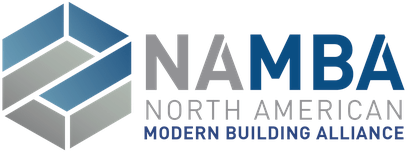Fire Safety for Exterior Wall Assemblies
Maintaining fire safety through the design process and construction phases
Sponsored by North American Modern Building Alliance
This course will demonstrate how U.S. codes and standards regulate the use of combustible building products in commercial buildings for safe and effective use. Examples of approved assemblies in a variety of exterior walls for different construction configurations will be provided. There will also be a focus on how fire safety can be maintained throughout the design process and construction phases using code compliance options like engineering judgments for certain deviations from tested wall assemblies.

Photo By Eric Banks
Founded in 2020 as part of the American Chemistry Council, the North American Modern Building Alliance (NAMBA) is a leading voice on the safe and effective use of plastic building materials in building envelopes. We believe having an informed public and robust codes and standards are essential to supporting a multi-layered approach to building fire safety.
Originally published in Building Enclosure
Originally published in January 2024
LEARNING OBJECTIVES
- Recognize the building code fire safety requirements for cladding.
- Clarify fire safety compliance options approved for IBC 2024.
- Review global building cladding fire incidents.
- Describe fire testing and its significance to fire safety of buildings.
- Discuss elements of engineering analyses as a compliance method.











